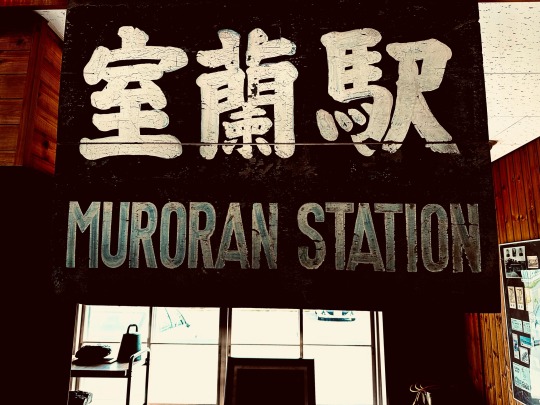#muroran
Explore tagged Tumblr posts
Text



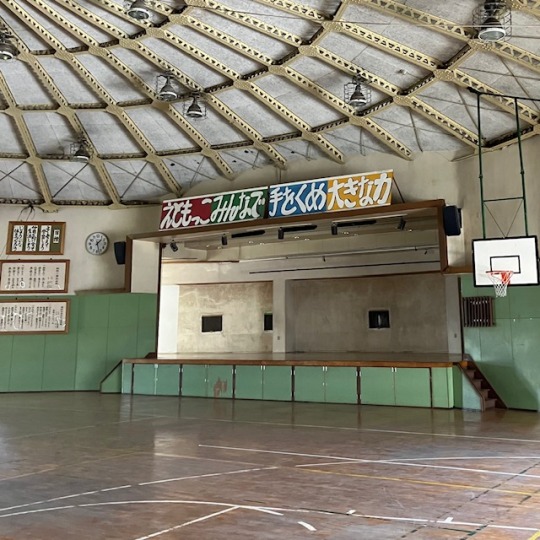

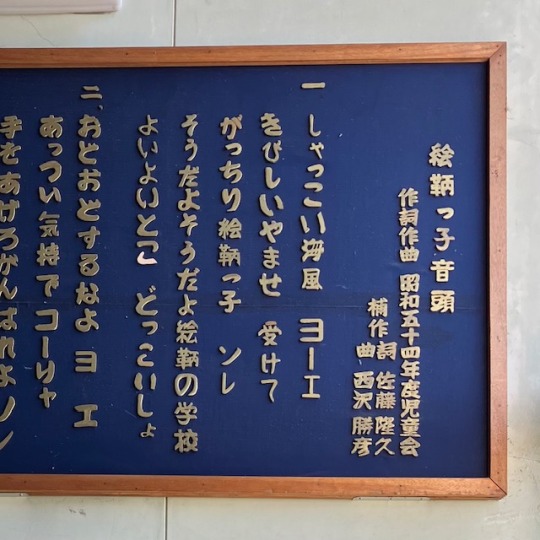


室蘭の旅の目的は、旧絵鞆小学校の中に入る事。(10月迄の土日祝は見学可能)円形校舎の中心には螺旋階段。体育館もまん丸でした。
5 notes
·
View notes
Video
youtube
道の駅「みたら室蘭」幸福の鐘 公園 白鳥大橋 北海道 Muroran Bell of Happiness Park Hakucho Ohash...
0 notes
Text

室蘭本線 栗山駅発車 D51牽引の旅客列車
#steam locomotive#landscape#japan#railway#photography#Muroran Line#Kuriyama Station#蒸気機関車#鉄道写真#室蘭本線#栗山駅#D51 414
41 notes
·
View notes
Text


Flag Wars Bonus Round
13 notes
·
View notes
Text

Had the best time in Tokyo, Muroran, and Lake Toya!
43 notes
·
View notes
Text

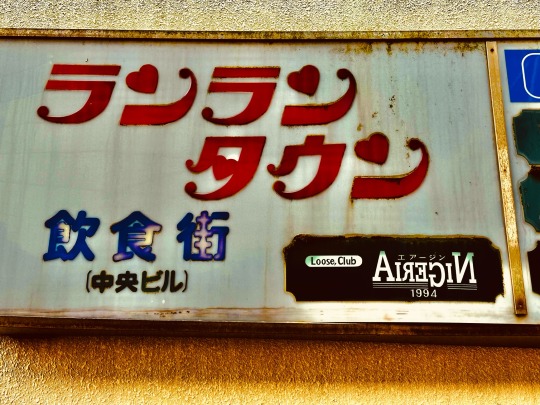


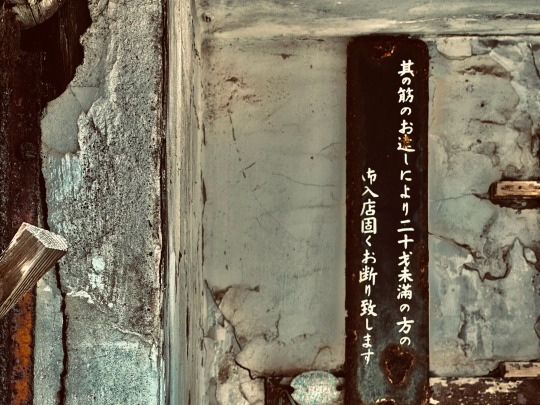
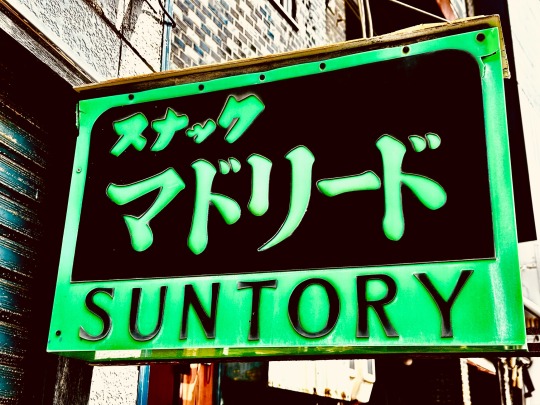
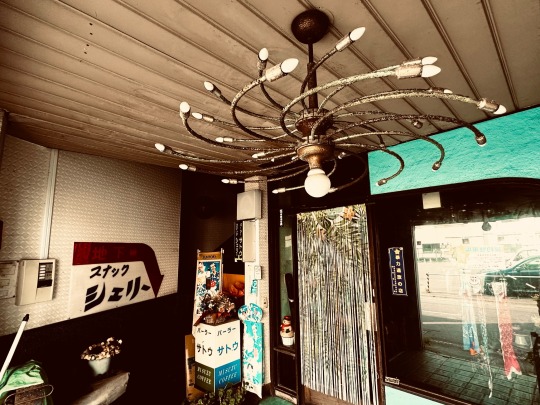

Due to SONOSUJI orders, entry under the age 20 is strictly prohibited, Muroran
9 notes
·
View notes
Photo

D.O. - 230309 SBS No Math School Trip Instagram update: "무로란 멋쟁이들!!"
Translation: "Muroran sharp dressers!!"
Credit: No Math School Trip.
#EXO#EXO K#D.O#D.O.#230309#exo vid#exo k vid#do vid#p:show#mention#instagram#translation#fs:sbs#fs:no math school trip#comeback:Fight
36 notes
·
View notes
Photo


230309 nomath_schooltrip Instagram Update: "Muroran cool kids/fashionistas!!"
29 notes
·
View notes
Text
ᴛʜᴇ ɢʜᴏᴜʟɪꜱʜ ᴍʏᴛʜ ᴏꜰ ᴛᴇᴋᴇ-ᴛᴇᴋᴇ: ᴊᴀᴘᴀɴ’ꜱ ᴏɴʀʏŌ ᴡʜᴏ ᴇᴄʜᴏᴇꜱ ᴠᴇɴɢᴇᴀɴᴄᴇ

When we step into the domain of Japan, we can experience how modernity aligns with ancient cultures. It is what makes Japan a vibrant and colorful city with the most jaw-dropping landscapes along with the rich history that follows this country. But what we fail to see is the eerie folklores and gruesome urban legends that lie buried beneath the art of Japan. If we delve deeper, we can uncover that these legends are the primal fear of the locals, and perhaps some tourists. These tales are whispered down from generations to generations to ignite the flame of fear which spreads like a wildfire among the society.
So join me as we venture through the story of Teke-Teke, a vengeful spirit who haunts the streets of Japan hoping to seize her thirst for revenge on those who had wronged her.
The legend of Teke-Teke has lots of variations but commonly she was once a young woman. One variation of this legend happened a few years after World War 2. It is the story of an office woman from Muroran, Hokkaido named Kashima Reiko who was abused and beaten horribly by a group of military men before they had left her to perish. Desperate for help, she called out yet her calls were not heard. So she took the drastic measure to crawl and find her savior - only for her to fall onto a railway track before a train sliced her into two, separating her upper half and lower half. The other adaptation of this legend begins with a young girl who was mistreated by her new classmates and pushed onto a railway track, and before she could escape the oncoming train; her body was severed at the waist.
The actual horrifying element of this legend is that Teke-Teke’s spirit was not able to rest due to the hate and ill-treatment that she had received. Therefore, she transformed to an onryo so that she could get her fair-share of revenge, although in an unfashioned manner.
Across Japan, Teke-Teke is presented as a young woman with long black hair who appears to not have a lower half. Instead of fingernails, she has sharp claws which allows her to drag her mutilated body. Her name derives from the sound she makes while crawling, which obviously is “Teke-Teke”. It is said that she wanders around holding a sharp object which seems similar to a scythe.
People have rumored that Teke-Teke usually lurks in deserted urban areas or in quiet train stations at night. Once she has spotted her potential victim, she charges at them at an alarming speed of 150 km/h with the help of her elbows and claws.
The ghastly part of the story occurs when Teke-Teke does indeed catch her prey. Once caught in her grasp, Teke-Teke will slice her victim in half at the waist, condemning them to the same fate she had once suffered.
If you believe that you might have a chance of surviving Teke-Teke… forget about it. There is no chance. With her speed, she would be able to pounce on you before you even have the time to react. So scratch out ‘surviving Teke-Teke’ from your bucket list.
As with many urban legends, the story of Teke-Teke has several variations, each adding its unique twist to the terrifying tale. In some versions, she asks her victims a riddle before attacking. If they answer incorrectly, she kills them immediately. Additionally, another alteration is included in her motive. Though most say her reason for killings are due to revenge, there are some who say she does not kill as she is wandering around in hopes of finding her legs. There is also another motive, that she kills so that people who bully or abuse others, stop doing so because of the fear evoked by her.
While the legend of Teke-Teke may live on for generations, this blog will not, so let me draw this journey to an end. We know that Teke-Teke is an echo of the urban legends that spreads in Japan, but this legend is more than just a scary, spine-chilling tattle tale. This legend serves as a reminder of the vile consequences of the society’s cruelty and neglect. Furthermore, this legend, like any other urban legends, acts as a portal to the not-so-colorful folktales of Japan as an escape to all the cute, Hayao Miyazaki film-like aesthetic of the country. Now, I believe, is the correct way to part ways, so until next time!
…
My deepest apologies as I had forgotten to mention earlier that this legend concludes that if you hear the story of Teke-Teke, you are sure to see the ghost of a woman without her legs at night after three days of discovering her tale… Well then, that being said, stay safe, stay cautious, definitely DO NOT go to abandoned areas or train stations and good luck to you in case you do see the onryo.
2 notes
·
View notes
Link
Book your Private Transfer from Muroran Cruise Port to Sapporo New Chitose Airport (CTS). Don't go through all the hassle of waiting in a long taxi or shared shuttles queues and use our private, door to door airport/port transfer. All Vehicles fully licensed and insured. Our cars are equipped with all necessary facilities for a trip to any part of the world under any weather conditions, including additional fastenings for sports and other equipment. #Tours2Go #ToursToGo
0 notes
Text

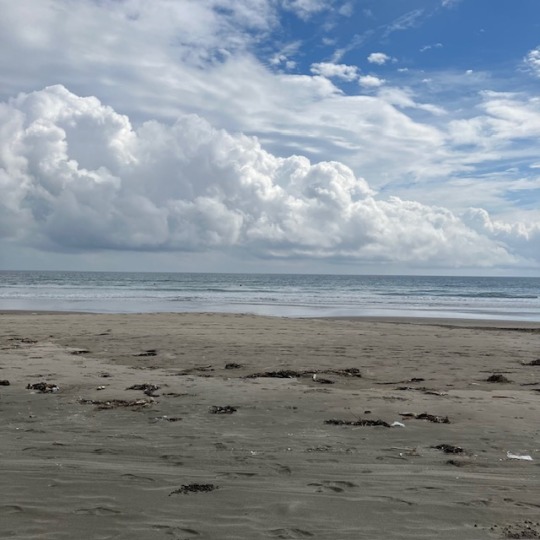


9月中旬、プリスティンの納品が終わった後、室蘭へ。雨の予報だったけど天気が良くて、イタンキ浜に寄り道。海岸の砂はふかふかで、雲はもくもくでした。
3 notes
·
View notes
Video
youtube
ぐるぐる回って白鳥大橋を渡る【白鳥大橋】室蘭、北海道 [Hakucho Bridge] Muroran, Hokkaido
0 notes
Text

室蘭本線 苫小牧駅 C57 57
#steam locomotive#landscape#japan#railway#photography#Muroran Line#Tomakomai Station#蒸気機関車#鉄道写真#室蘭本線#苫小牧駅#C57 57
18 notes
·
View notes

